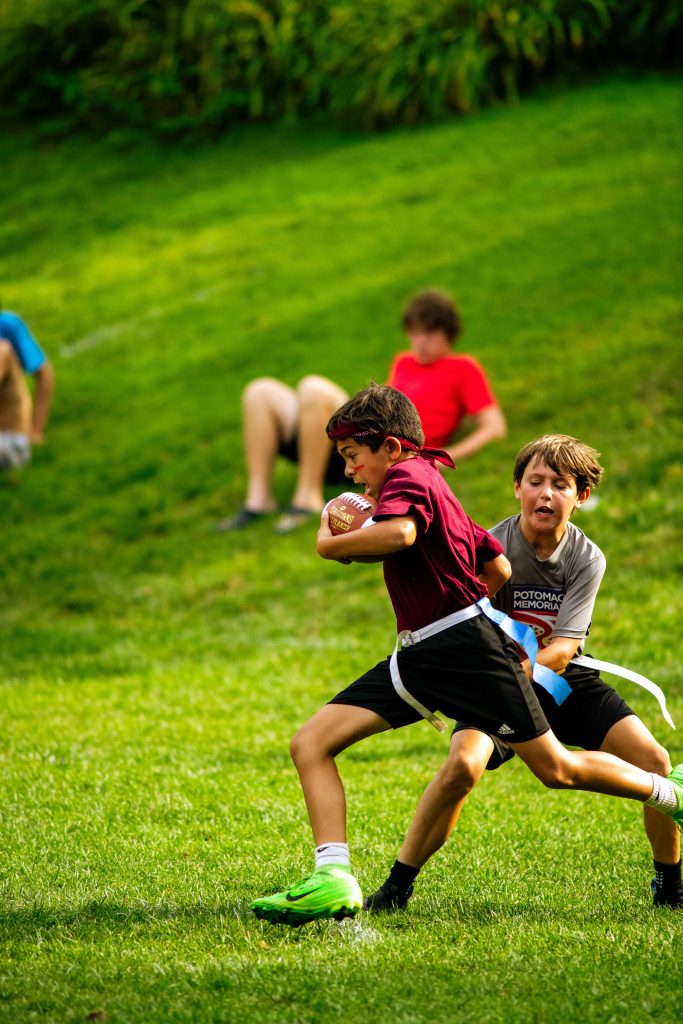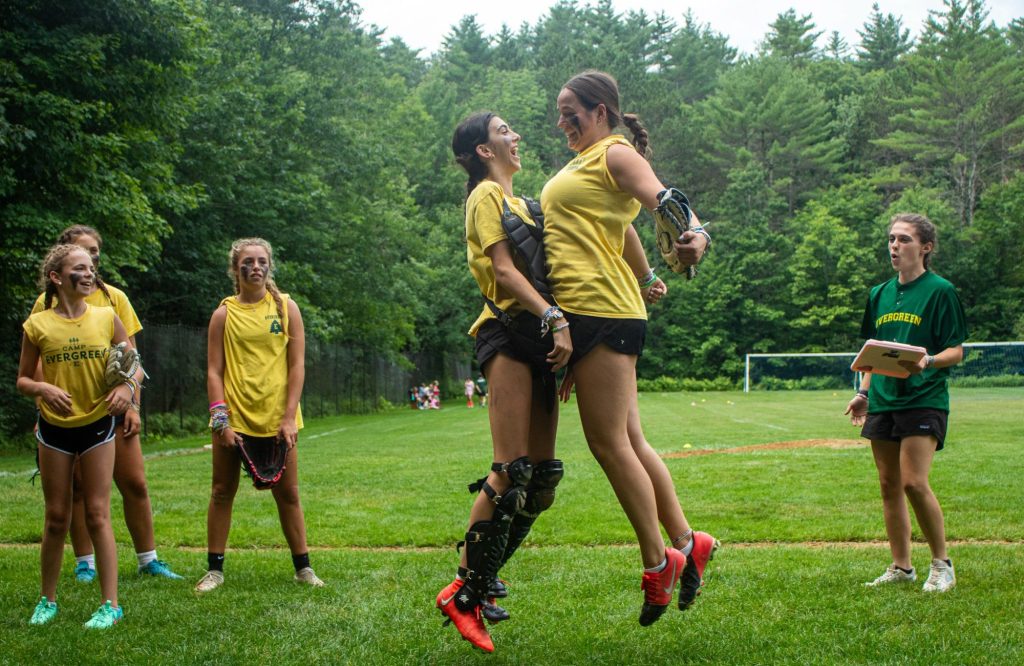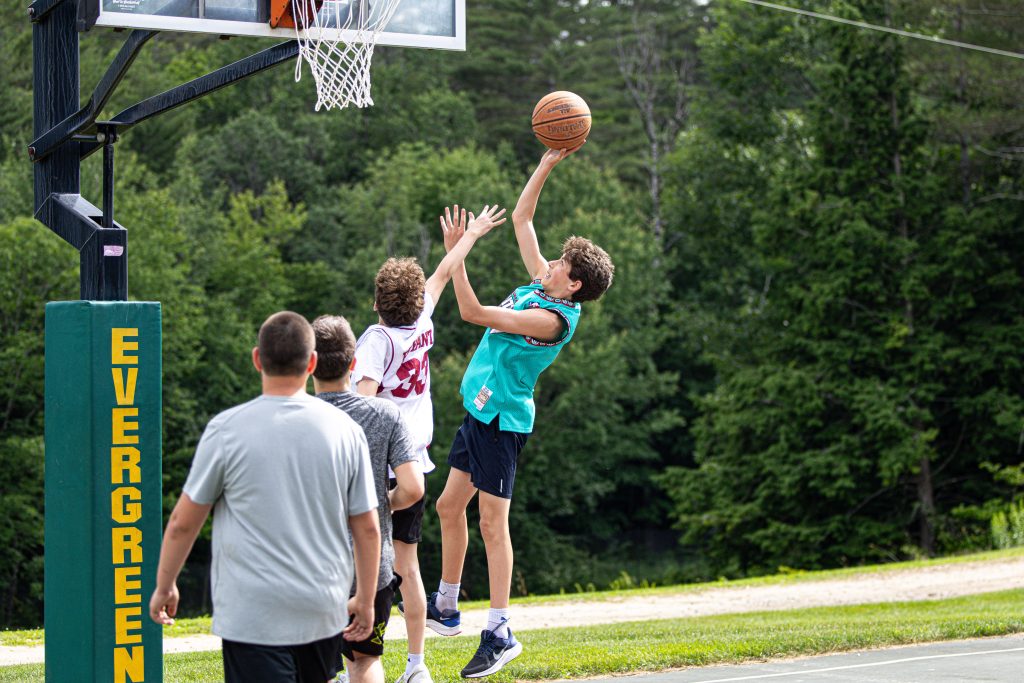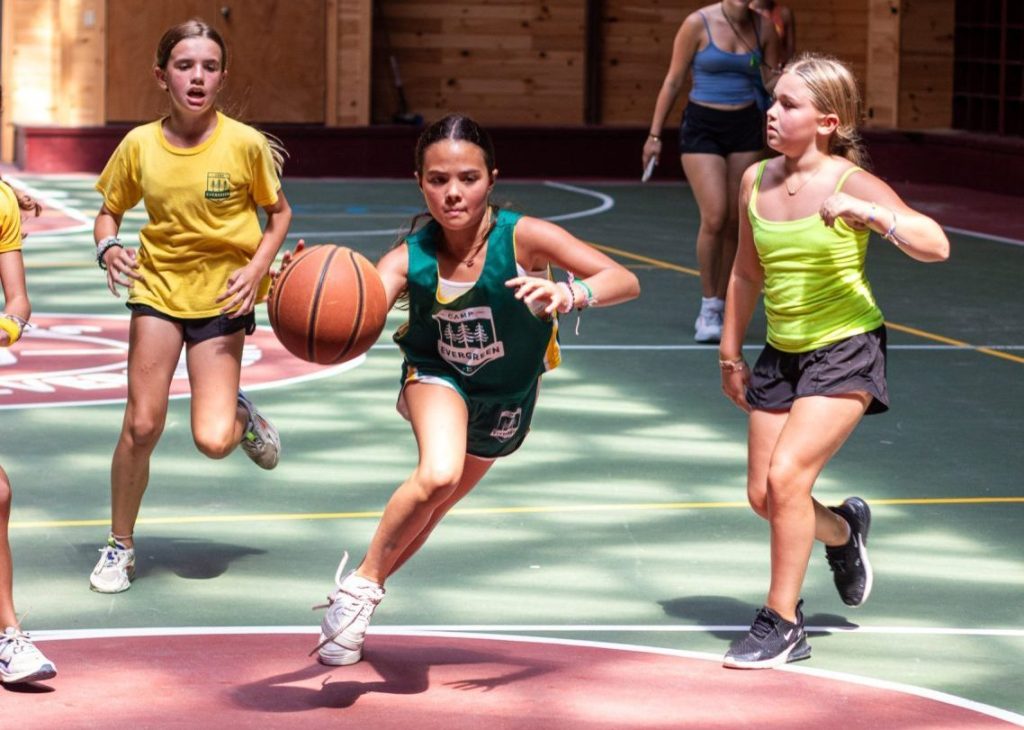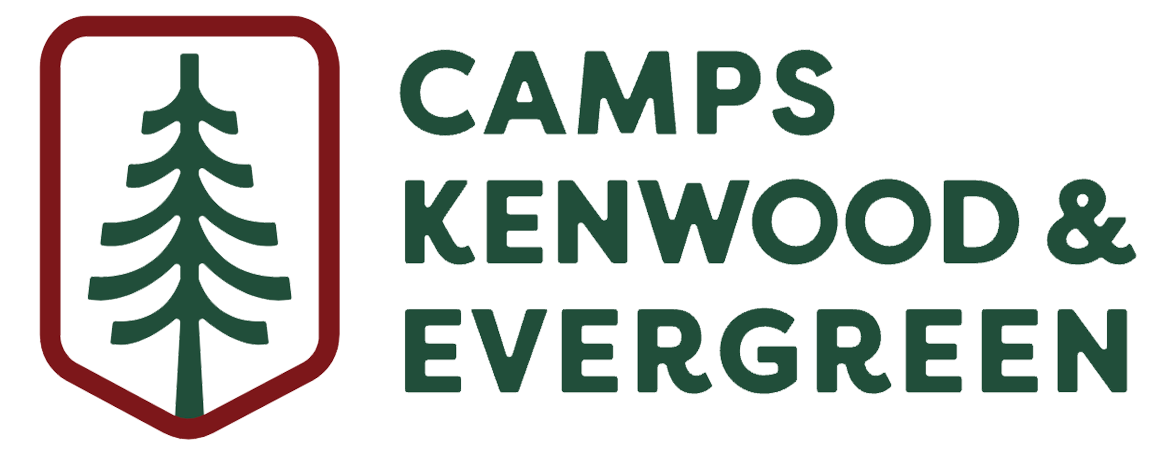We all want our kids to be happy.
And we all want to see our kids grow into successful, fulfilled human beings.
I don’t think those two sentences are in any way controversial. But just because we want these things to be true, it isn’t always easy seeing the path to make it happen, that these two desires can create tension.
The Atlantic published a piece this week by Russell Shaw titled “The Wrong Way to Motivate Your Kid,” which instantly caught my eye.
Partly it was because the headline was a bit click-baity. After all, we’ve all seen our share of articles that highlight something “wrong” and then promise simple fixes to complex challenges.
But Shaw’s article is different. It’s excellent. And it hits on something we’ve been practicing at Kenwood & Evergreen for decades.
Shaw focuses on what experts call “islands of competence”. The idea is that every child has distinct areas where they naturally shine. Instead of constantly trying to fix their struggles, or withholding their best things in an effort to “fix” other aspects (grades, etc), the most effective approach is to identify and build on their strengths.
One line from his piece particularly caught my attention: “When a kid is falling short, penalizing them by taking away the thing they care most about is not the way to motivate them.”
At camp, we’ve learned this truth summer after summer. We’ve also discovered something Shaw’s research doesn’t quite capture: when you create the right environment, those “islands” can become entire mountain ranges of possibility.
The Three-Step Path to Strength-Based Growth
Shaw’s research boils down to a deceptively simple but powerful approach:
Identify the Island
It starts by looking for what energizes our kids..
Shaw suggests asking curious questions like “Where do you feel most confident, energized, and motivated?”
Sometimes it’s obvious, like the kid who wakes up at 5 a.m. for wrestling practice or practices her dance routine for an hour on end.
Other times, it requires something of a closer look. Maybe they’re spending hours on YouTube or gaming online, but they’re actually learning things from reliable sources or developing strategies that can be transferred from their gaming world to the real world.
Name It
Shaw writes, “Many children don’t recognize their own strengths, wrongly assuming that something they’re good at or that comes easily to them doesn’t have value.”
A simple acknowledgment from a trusted adult can reshape a child’s entire self-image. “You should think about being a doctor,” one teacher tells a student. Ten years later, she’s in medical school because the outcome was named early.
Use Strengths as Fuel
This is where the magic happens. Confidence in one area builds resilience in another. A child who excels verbally but struggles with writing might dictate their ideas aloud before putting pen to paper.
The key insight? You don’t need to be good at everything. You just need to know how to leverage what you do well.
Shaw’s framework is backed by decades of research showing that strength-based child development leads to lower stress, higher engagement, and greater confidence in children.
The Camp Advantage: Mountain Ranges, Not Just Islands
But here’s what Shaw’s article doesn’t mention, mostly because he hasn’t run an overnight camp for generations of campers. Camps have been honing this strength-based approach for years and years.
We don’t just think in terms of “islands” of competence. We create entire mountain ranges of ability and self-belief.
Picture this: An eight-year-old arrives at camp naturally kind but unsure of themselves in most other areas. Some places might not immediately recognize kindness as a “strength.” It doesn’t show up on report cards or win awards in most settings. But at camp, we do four things that Shaw’s framework hints at but doesn’t fully capture:
Spot the Peak — Our counselors are trained to notice kindness and other treasured human qualities in all their glory. When Maya helps a struggling teammate during capture the flag, we see it.
Name It — We tell her directly: “Maya, that support you just showed? That’s one of your core strengths.”
Celebrate It — We don’t just acknowledge it; we make it part of her camp identity. “Lean into that kindness. Be proud of it.”
Bridge to Growth — Then comes the K&E difference: “Use that self-belief as fuel to tackle something new. How about trying the zip line tomorrow? I bet your friends will cheer you on the way you support them every day.”
At camp, we’re actively seeking out those peaks like athletic talent, artistic ability, interpersonal connectivity, and then empowering every child to try on leadership, teamwork, persistence, and grit.
When kids feel genuinely seen for what they do well, they are much more willing to try things they never imagined they could do well.
See what's already there
As parents, you’re already masters at spotting your child’s strengths.
I see it all the time, the way you light up when you tell me about your daughter’s killer serve on the tennis court, or how your son always knows just what to say to make his friends feel better.
Naming those strengths out loud sets the stage for making the good great, but also the confidence to tackle other problems within the same framework.
We aren’t fixing something that’s broken. We’re simply helping them see what’s already there.
Every summer, you send us your children, each carrying their own unique mountain ranges of talent, some peaks clearly visible, others waiting to be discovered.
Thank you for trusting us to help them recognize and build on these strengths.
Heading into another summer, I’m reminded that the most profound moments at camp happen when a child realizes they’re capable of more. It starts with seeing what they already do well. It grows from there.
We’re already thinking about Summer 2025 and all the ways we’ll help each camper discover just how capable they are.
There’s no better foundation for a life well-lived than knowing your own strengths and having the confidence to build on them. That, plus a kind soul, makes for a strong and capable human being.
With warm regards and gratitude for our wonderful community, Scott



